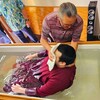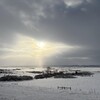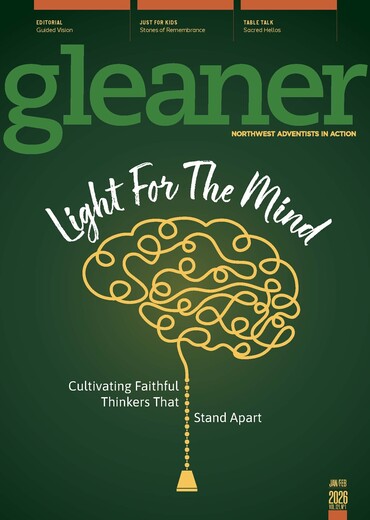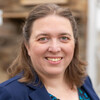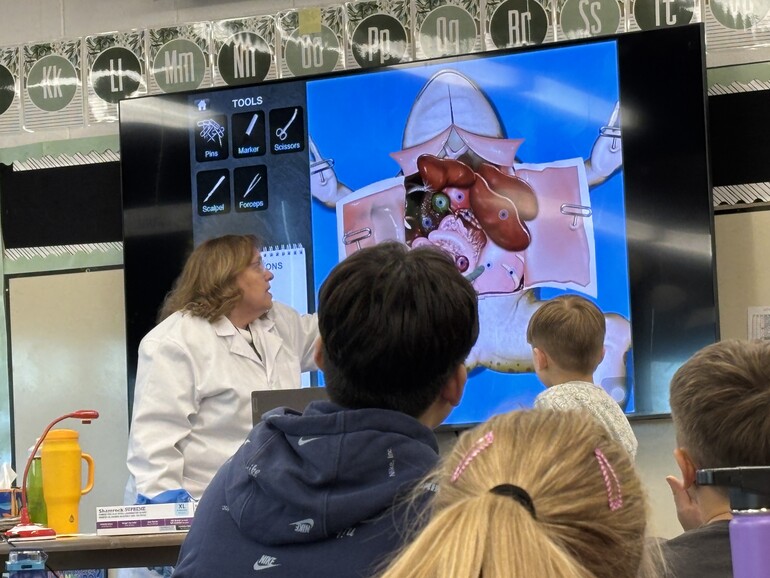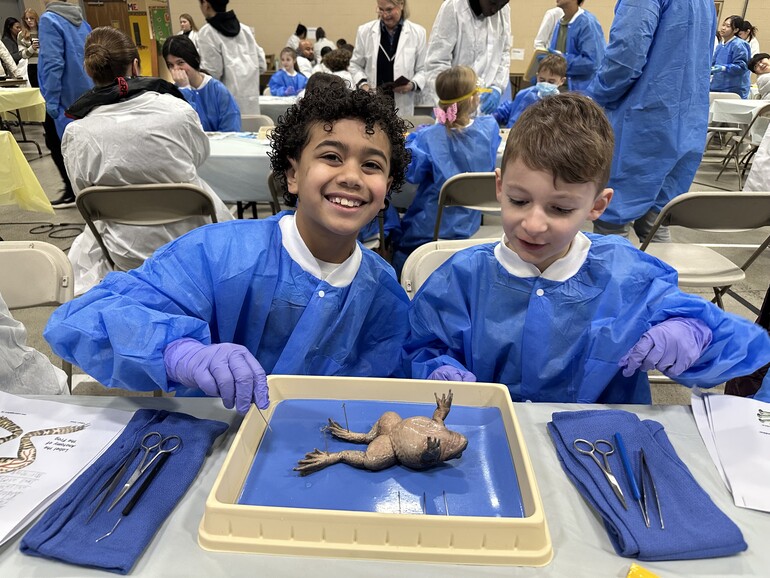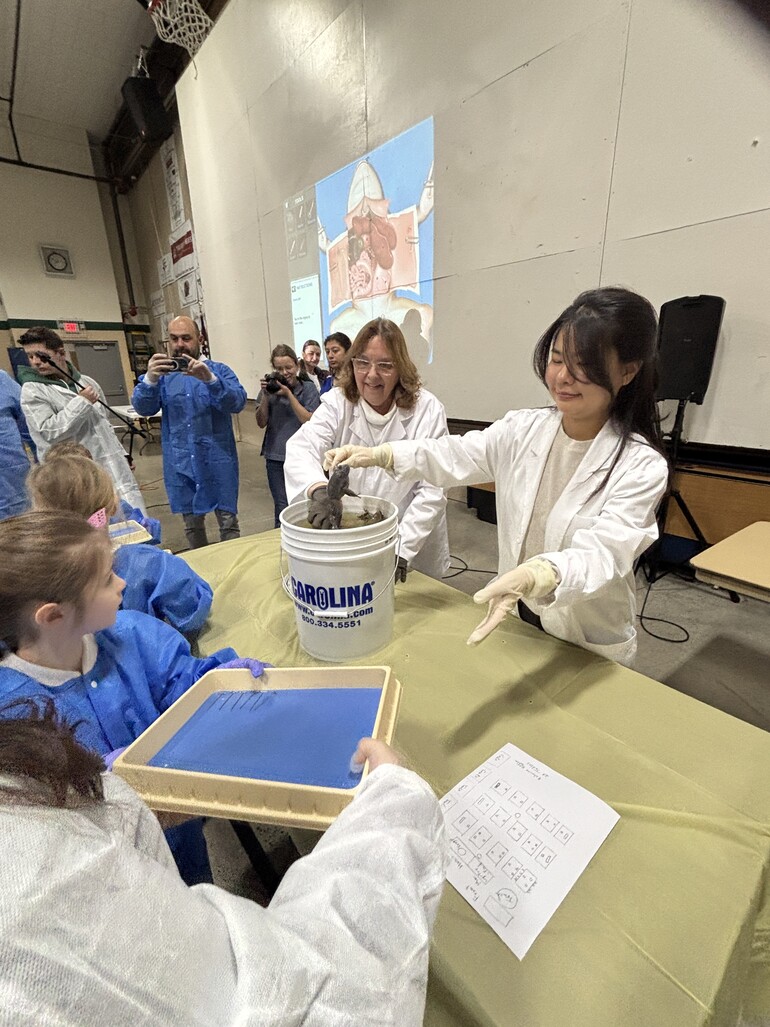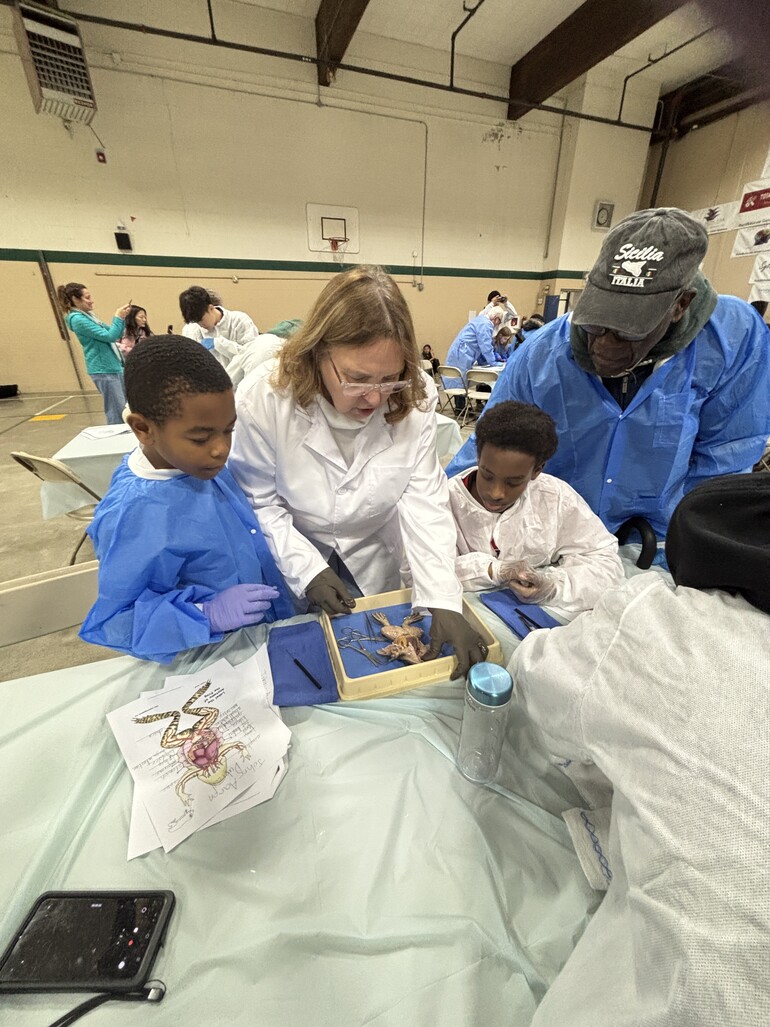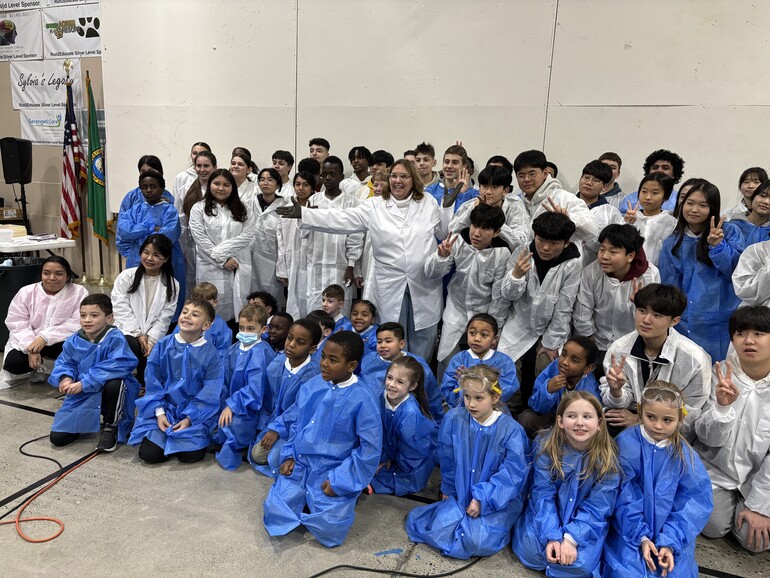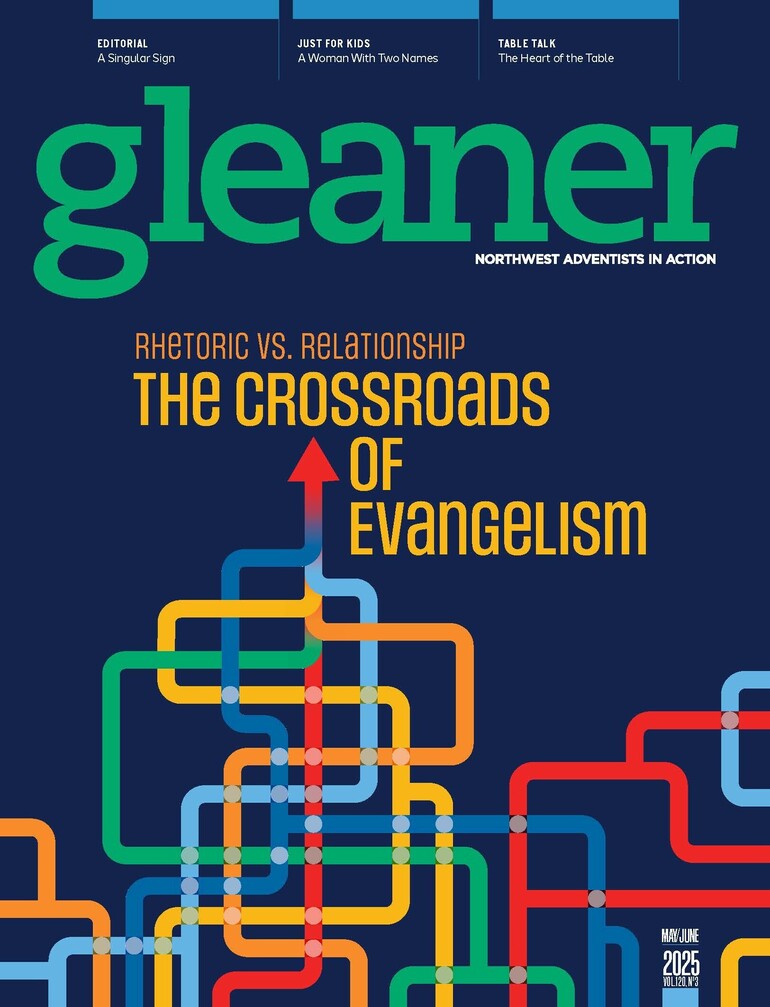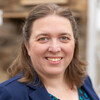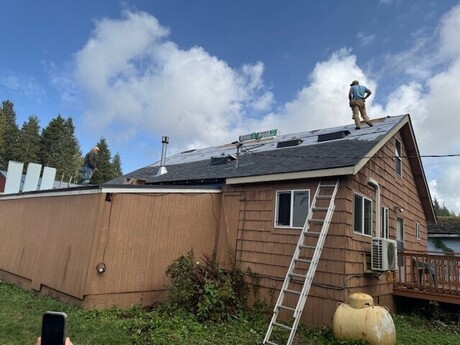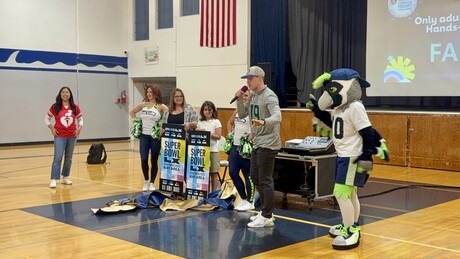Students' reactions to frog dissection are an early signal of future medical providers, and one Washington Conference teacher is introducing virtual and actual animal dissection to elementary students from kindergarten through eighth grade.
Sandy Hawkins, Buena Vista Adventist School second-grade teacher, started integrating animal dissection into her lower elementary classrooms in Colorado and Washington as a way to teach the wonders of God’s creation.
“Frogs have organs like humans,” Hawkins said. “How can this be except for God?”
Hawkins has little scholars, as young as kindergarten, start learning about dissection through a paid educational app to learn the steps because “it is clean, not bloody and easy to learn.”
She tried squid and cat dissection before landing on frogs. She roughly estimates that she has offered frog dissection classes a dozen or more times.
“My students delve into it and practice over and over,” Hawkins said. “They have an eagerness to learn.”
Alumni of her dissection unit come back to assist younger students and have now created a video summary of their experience. Hawkins shows this visual story to reassure students ahead of a dissection.
Over the years, Hawkins has observed a range of student reactions — from initial hesitation to pure fascination. Some start out squeamish but quickly become engrossed as they recognize how the organs connect and function.
She finds that the hands-on experience helps students bridge the gap between textbook learning and real-world application, deepening their appreciation for anatomy and the intricacies of God’s creation.
Recently, Hawkins undertook a huge feat: hosting 70 students for a dissection session. The group consisted of 22 second-graders, 25 eighth-graders and 23 Korean students from BV’s sister school, Youngnam Sahmyook Academy. The students were paired across grade levels.
The frog dissection environment was set up in BV’s gymnasium to accommodate all of the students, parents and chaperones. Hawkins led out in the instruction and partnered with Heaven Chinn, eighth-grade teacher, to coach young scientists in the process.
“I’ve never done this large of a class; it was a huge undertaking,” Hawkins said. She borrowed trays, scalpels and other supplies from Puget Sound Adventist Academy and Auburn Adventist Academy to supplement her own collection of supplies. Additionally, she found donors interested in investing in future medical professionals.
As Hawkins prepares to retire for the second time, she’s considering offering frog dissection classes at small schools particularly in western Washington.
“Frog dissection drives the message of a creator God into each student’s view of creation,” Hawkins said. “It’s an epic experience for everyone. I always have students who will exclaim, 'I want to become a surgeon!'''

